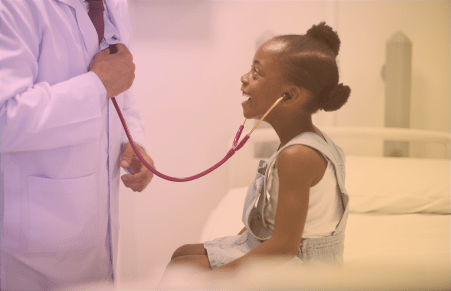7 WAYS TO DELIVER RELAXING PATIENT EXPERIENCES
There are ways to reduce patient anxiety. While every patient is different and what works for one may not be ideal for another, these seven approaches can help put them at ease:
1. Play soothing music in exam rooms and the lobby. Soft background music can have a soothing effect. Dentist offices seem to know this. The American Dental Association recommends that patients listen to music in the dentist office to relax and distract from procedures. Non-acute providers can take the same approach.
Some providers allow and even encourage patients to wear headphones and pick their own music, like when getting an MRI. Other facilities play their own music or use a music subscription service. Research supports the notion of music-induced relaxation. One study found that playing music significantly decreases patient anxiety.
2. Provide a warm blanket. Receiving general anesthesia in a facility like an ambulatory surgery center (ASC) can cause patients’ body temperature to drop, leaving patients shivering. A warm blanket is essential for procedures requiring anesthesia to prevent hypothermia and to keep a warm body temperature during surgery.
A blanket also provides psychological benefits. “A warm blanket reduces the patient’s shivering and replaces it with a larger sense of comfort and protection,” according to a blog on Future Health Concepts. “Along with the physical feeling of calm, it is also reassuring to the patient that the nurses and doctors genuinely care about their wellbeing.” Facilities can use a commercial blanket warmer for this.




